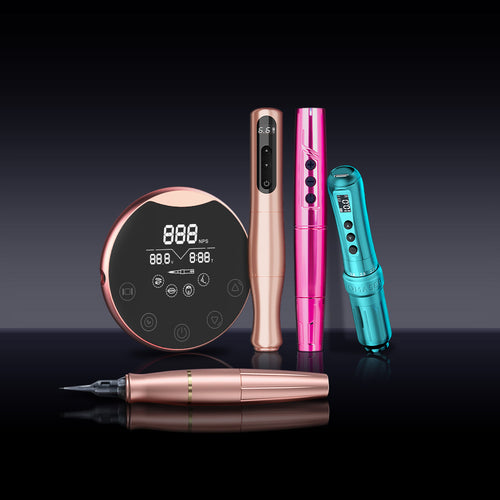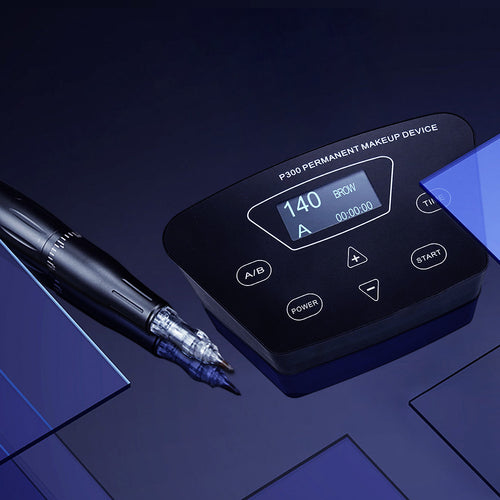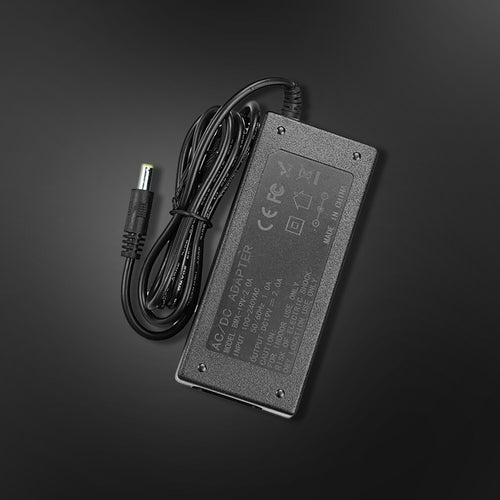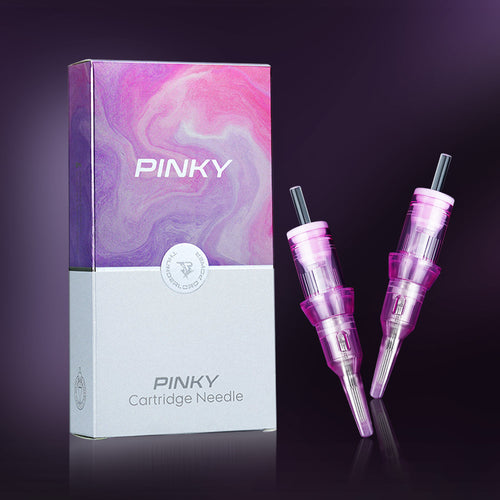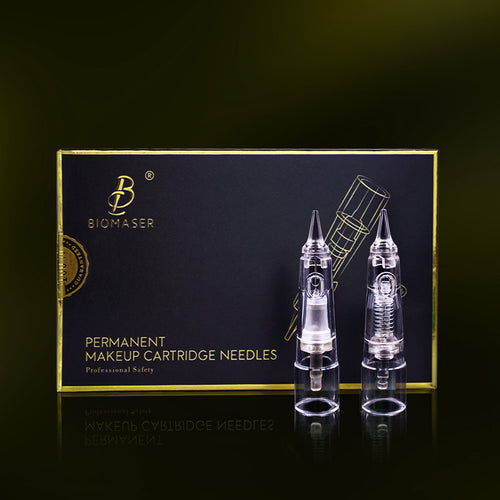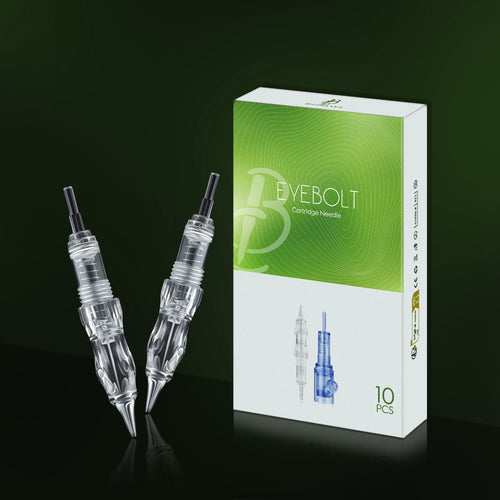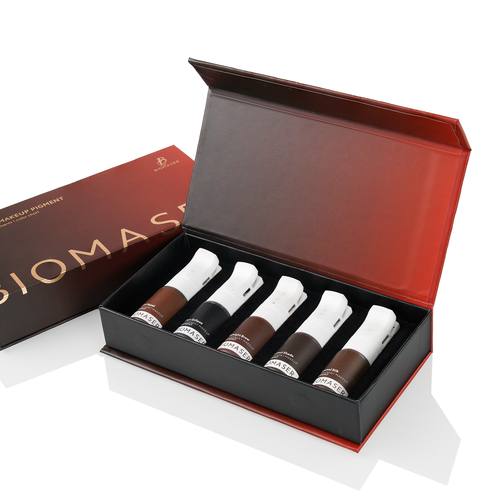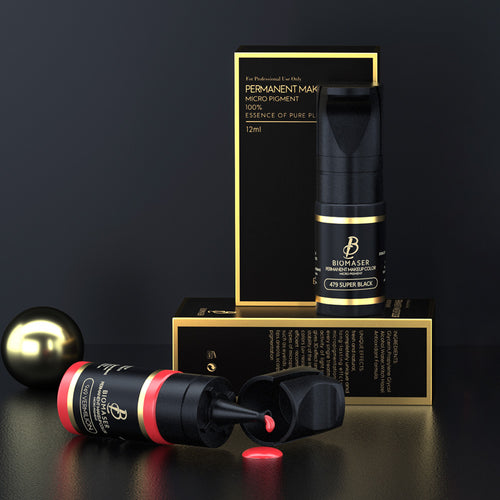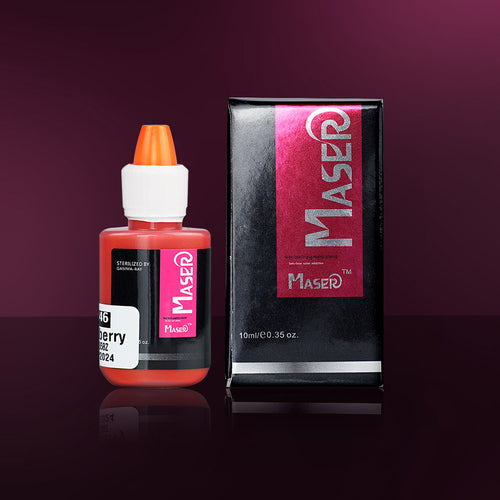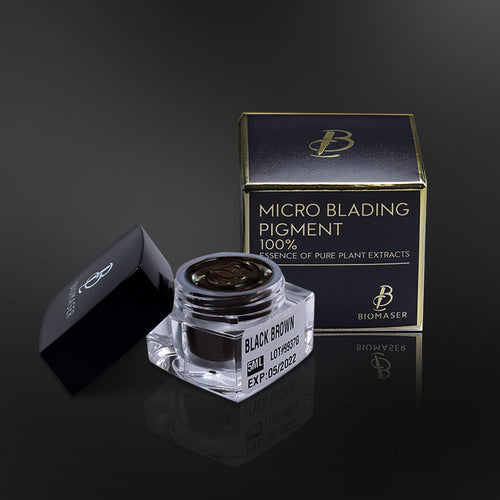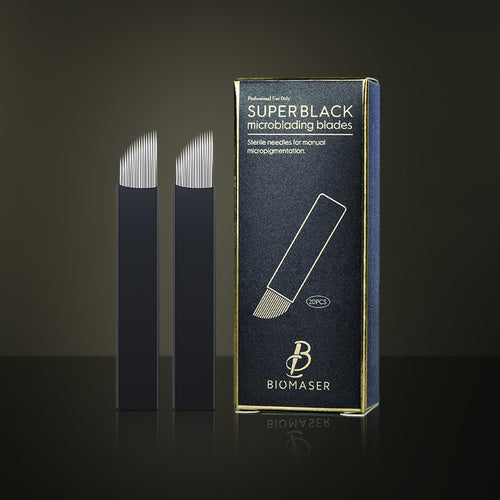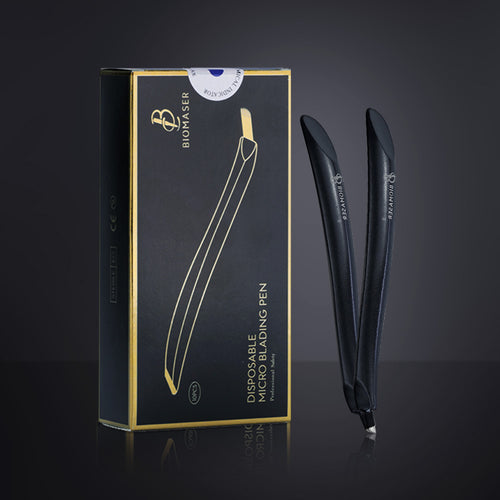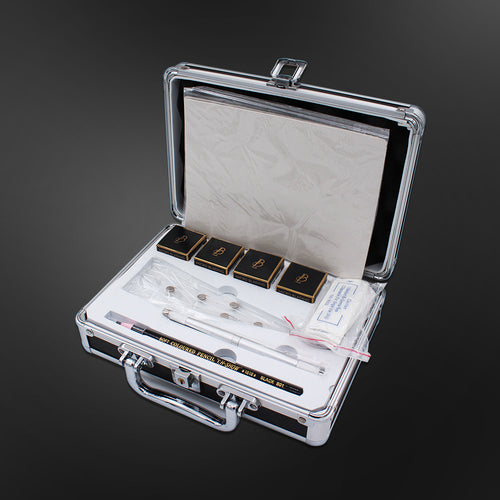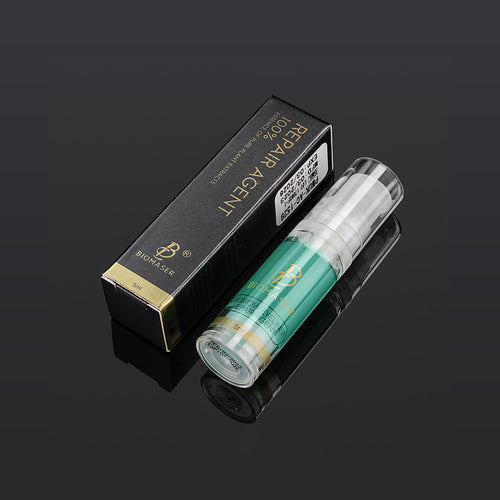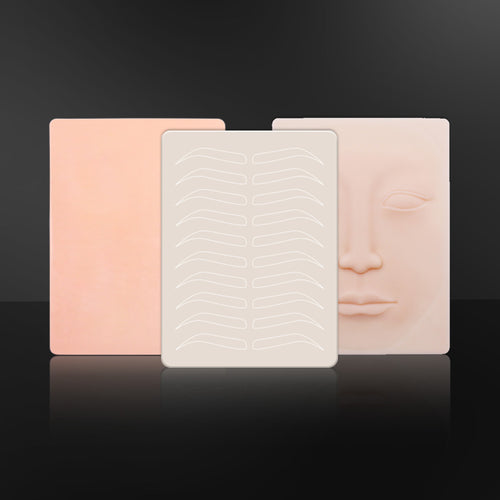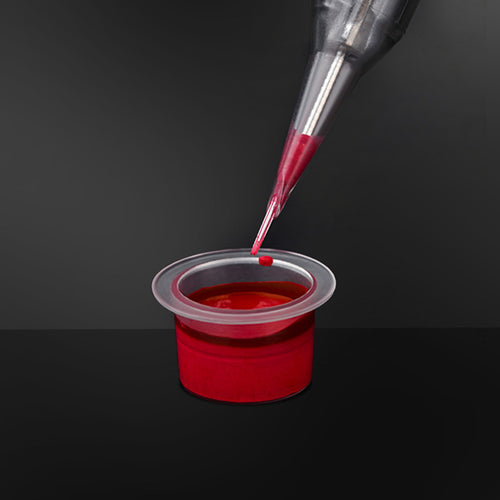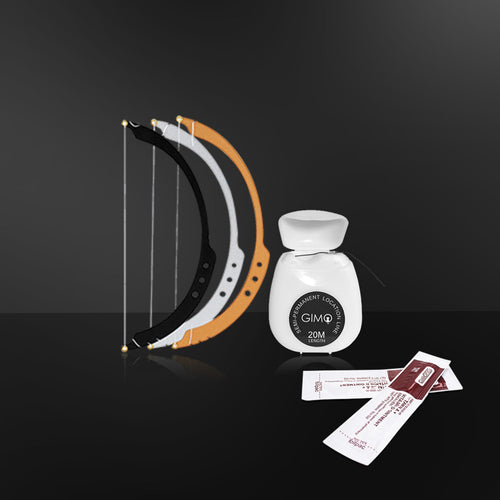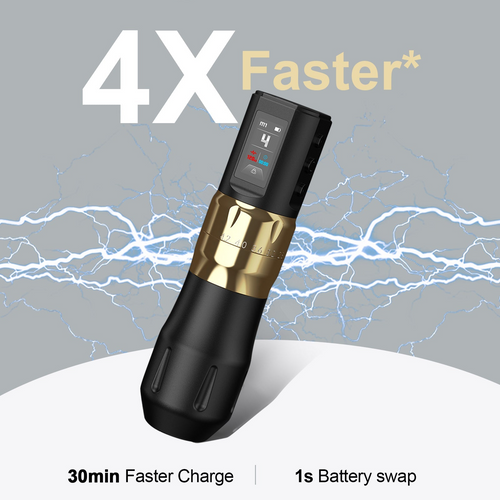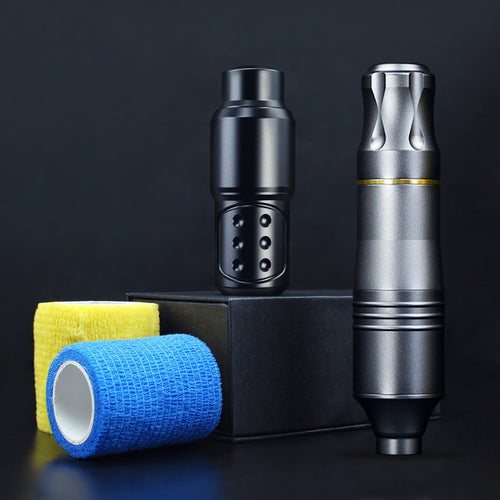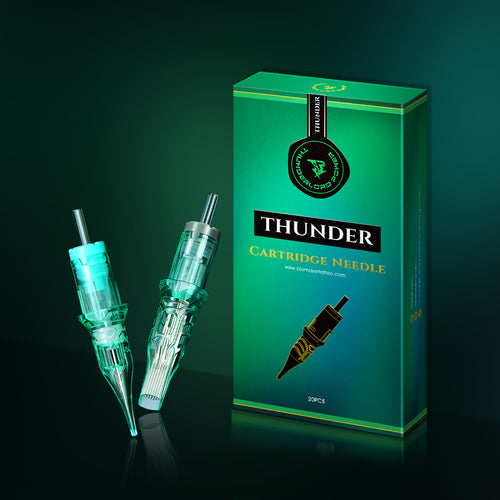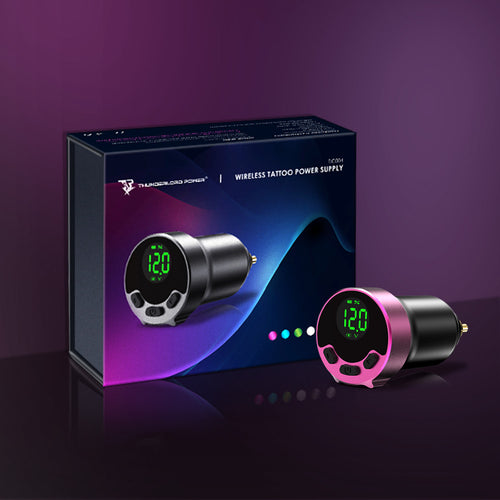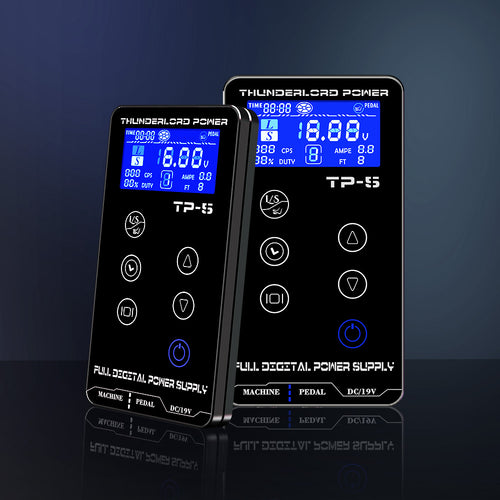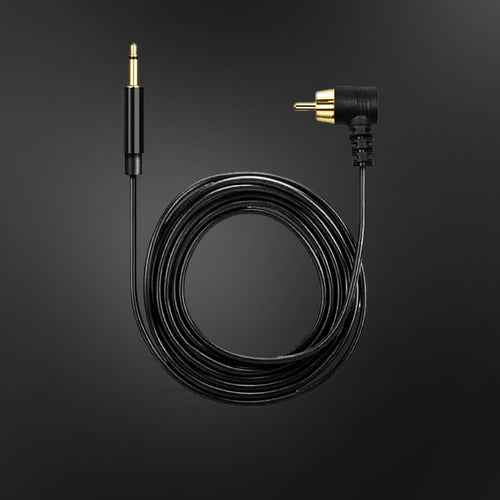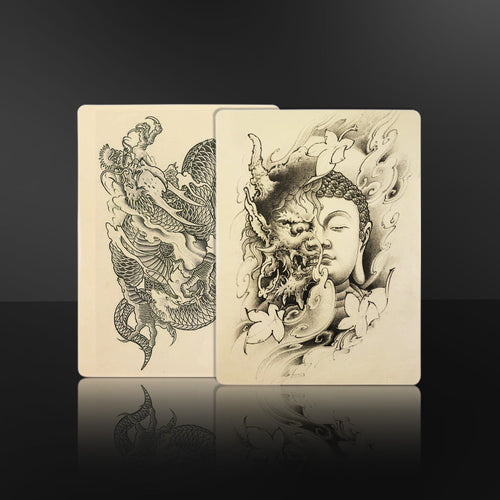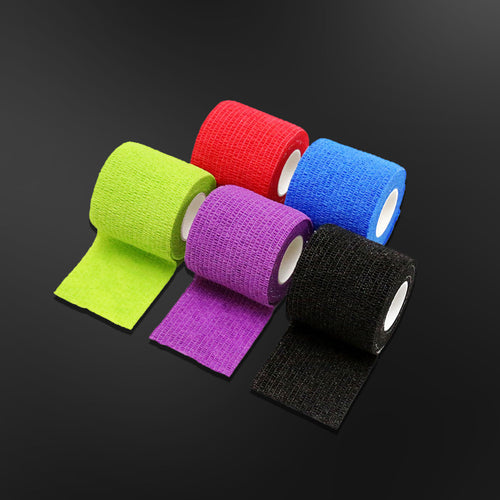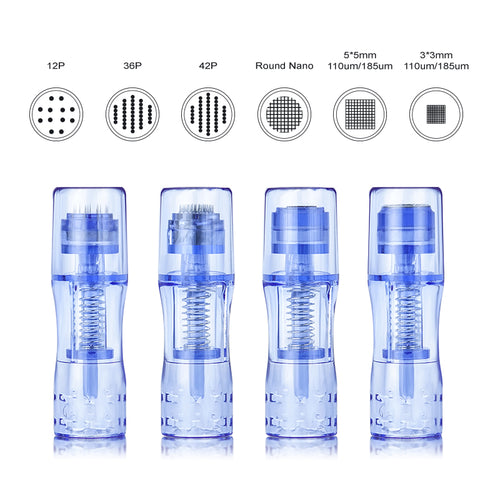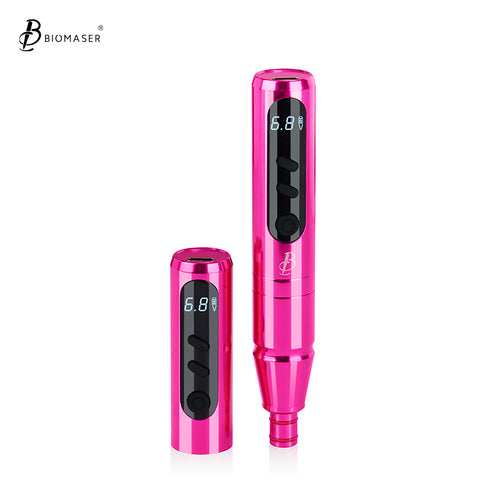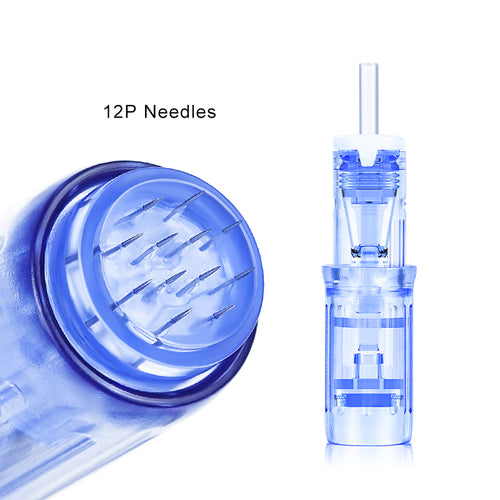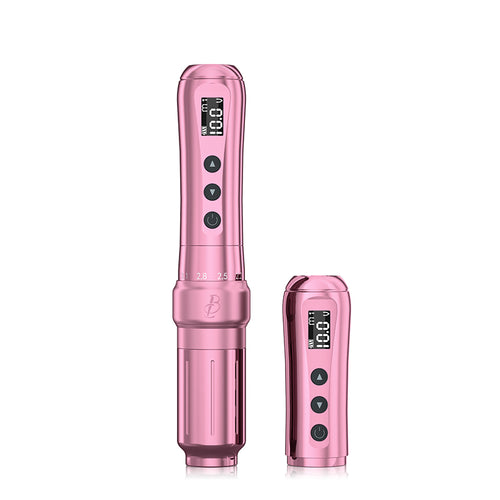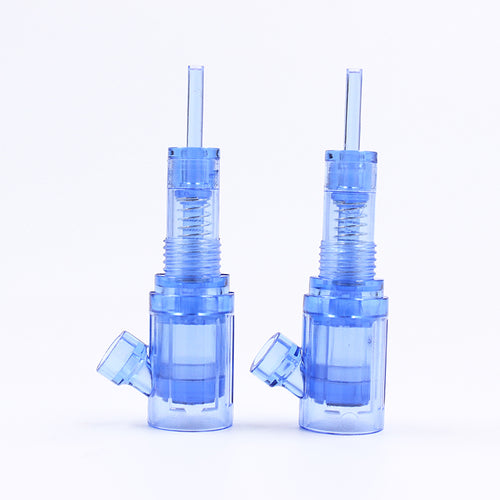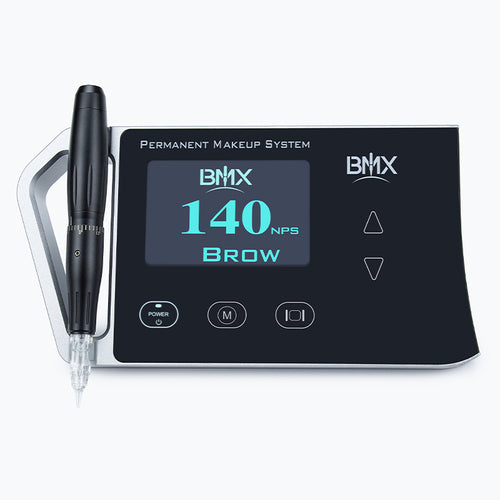Scalp Micropigmentation Guide: Is SMP Right for You?
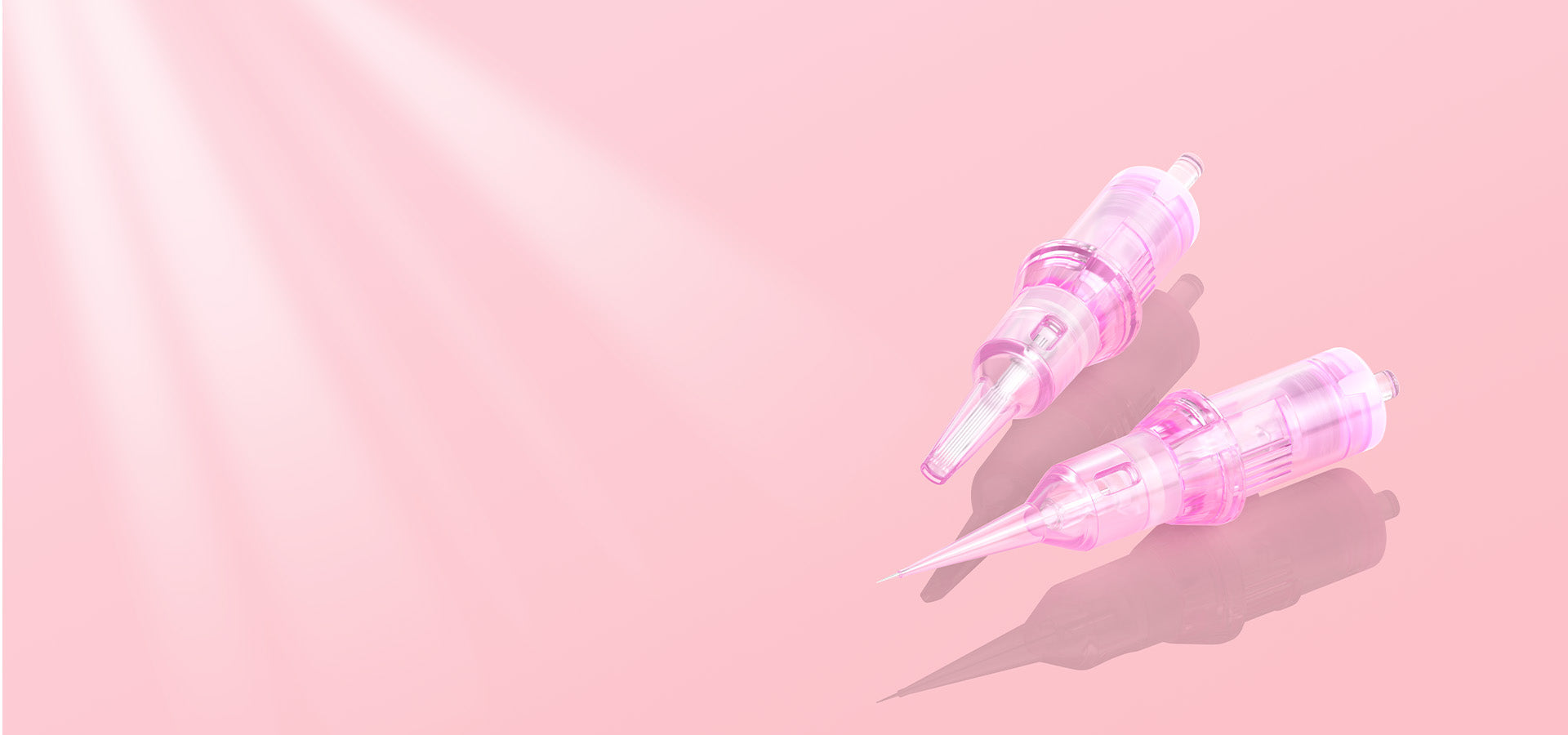
Key Takeaway
SMP adds realistic shadow and shape to a scalp that lacks coverage. It shines for short styles and scar blending, stays tidy with SPF and simple care, and depends heavily on an artist who works cleanly with the right tools.
Hair loss affects millions, and many search for ways to regain a full look without surgery. Scalp micropigmentation, or SMP, uses tiny dots of pigment to mimic hair follicles. This guide covers the basics, from how it works to whether it fits your situation, with tips to decide on your own.
What Scalp Micropigmentation Is and How It Works
Building on the need for hair loss options, SMP stands out as a tattoo-like method that adds the look of hair without growing any. It relies on tools like a PMU machine to place pigment dots precisely.
SMP involves a technician using a PMU machine with fine PMU needles to insert pigments into the scalp's top layer. These pigments create small spots that look like real hair stubs, giving the effect of a buzz cut or denser hair. Unlike wigs or pills, SMP targets the scalp directly for a long-lasting solution. Sessions use medical-grade PMU pigments matched to your skin and hair color, applied in layers for a real feel. The process avoids cuts, making it different from transplants that move actual hair. People often pick SMP for its quick results and natural outcome, especially if they shave their head or have thin spots.
Tools Used in SMP: PMU Machine, Pigments, and Needles
Technicians depend on a PMU machine to control the depth and speed of pigment placement. This device holds PMU needles, which are thinner than regular tattoo ones, to reduce pain and get exact dots. PMU pigments differ from body art inks because they fade less over time and match skin tones better. Choosing the right ink ensures the color stays true without turning blue or green as years pass.
What Happens During a Scalp Micropigmentation Session?
Knowing the procedure helps you prepare mentally and spot a good clinic that uses proper tools like a reliable PMU machine.
- Initial Consultation: The technician examines your scalp and discusses your goals; they select PMU pigments to match your natural hair color and create a hairline design.
- Session Preparation on Treatment Day: They clean the area and apply numbing cream to reduce discomfort.
- Pigment Application: Using a PMU machine with sterile PMU needles, they insert pigments as tiny dots to build hair density; this occurs over 2-4 sessions, each lasting 2-5 hours.
- Breaks Between Sessions: Allow time (usually weeks) for skin healing between visits.
- Immediate After-Effects: Expect mild redness like a light sunburn, which fades quickly.
- Follow-Up Adjustments: Later sessions refine the results, adding more PMU pigments for even coverage.
Preparing for Your SMP Sessions with PMU Tools
To get the best results, take a few simple steps ahead of time.
- Wash your hair with a gentle shampoo the night before and avoid conditioners, gels, or oils to prevent residue.
- Skip caffeine or alcohol for 24 hours prior, as they can thin blood and increase bleeding during application.
- Wear loose, comfortable clothes that won't irritate your head, and bring a hat or scarf for coverage afterward.
- Undergo a patch test where the technician applies PMU pigments to a small area to check for allergies.
- Allow the technician to calibrate the PMU machine and choose appropriate PMU needles, such as finer ones for sensitive skin.
6 Aftercare Tips Following SMP Treatment
Proper care right after treatment keeps your results looking sharp and helps avoid issues.
- Keep your scalp dry for the first 4 days—no washing, swimming, or heavy sweating from activities like workouts.
- Apply a thin layer of recommended ointment twice a day to soothe skin and aid healing, but use sparingly to avoid clogging.
- Avoid direct sunlight, saunas, or hot showers for at least a week to prevent irritation.
- Monitor for unusual signs like swelling or pus, and contact your technician if needed.
- In the long term, use broad-spectrum sunscreen (SPF 30 or higher) daily to protect PMU pigments from fading.
- Wash with mild, fragrance-free shampoos and schedule check-ups every few months to maintain color and fix minor fading.
5 Benefits of Scalp Micropigmentation for Hair Loss
The benefits of SMP are usually clear. Thanks to the skilled use of a PMU machineand high-quality PMU ink, the results help enhance your daily routine and boost your confidence.
Quick Improvements in Appearance
SMP hides bald areas or scars fast by placing pigment dots that mix in naturally, giving the look of thicker hair or a clean shave.
Time and Cost Savings
No daily hair products or styling needed—results last for years with little upkeep. Total costs often fall between $1,000 and $4,000, much less than hair surgery, based on the treated spot.
Boost in Confidence for All
Many gain a stronger sense of self, as SMP suits men, women, and every skin type. Safe PMU pigments hold steady, with touch-ups rarely required.
Flexibility with Other Options
It combines well with pills or other treatments for added support, using PMU needles for precise, even results.
Long-Term Advantages with Proper PMU Pigments and Needles
High-quality PMU pigments fight fading and last four to six years or longer. PMU needles provide uniform dots, cutting down on uneven spots for a natural, full effect.
3 Risks and Drawbacks in Scalp Micropigmentation
Positive points aside, SMP carries some negatives.
Short-Term Side Effects
Redness or swelling can show up right after, but these fade in a few days. Allergies to PMU pigments might lead to itching or a rash, so always get a patch test first.
Issues from Poor Technique or Tools
Dull PMU needles or a bad PMU machine can cause fake-looking or patchy results. Infections arise if equipment stays dirty, and scars might develop in people who tend to get them. Select a clinic that swaps in new needles per person and picks top-tier pigments. Inquire about PMU machine tuning to stop dots from going too deep and sparking problems.
Need for Ongoing Maintenance
Fading happens over time, calling for touch-ups that add extra expense. SMP doesn't work great if you aim to grow out long hair, as the dots may stand out.
5 Factors to Decide If Scalp Micropigmentation Fits You
Deciding on SMP is a big step. It's a long-term solution, so you need to be sure it aligns with your goals, lifestyle, and the type of hair loss you have. Answering these questions can help you decide if this treatment is a good fit.
What Is Your Type of Hair Loss?
SMP works best for certain situations. It's a great option for:
- Pattern Baldness: Creating the look of a full, shaved head for men or adding density for women with thinning hair.
- Receding Hairline: Redrawing a natural-looking, stronger hairline.
- Alopecia Areata: Filling in specific bald patches, as long as the condition is stable.
- Covering Scars: Hiding scars from hair transplant surgery or injuries.
If your hair loss is unpredictable or still changing rapidly, it might be better to wait until the pattern stabilizes.
Are You Committed to a Short Hairstyle?
For men with significant hair loss, SMP creates the look of a full head of hair that is shaved or buzzed very short. The tattooed dots blend in perfectly with your real hair stubble. If you prefer to wear your hair longer, SMP can be used to add the appearance of density, but it is most convincing with a buzz cut.
Is Your Scalp Healthy?
Your scalp needs to be in good condition for the treatment to work properly. You might not be a good candidate if you have:
- Active psoriasis, eczema, or severe acne on your scalp.
- A tendency to develop keloid scars (thick, raised scars).
These conditions can interfere with how the pigment heals and looks.
Are You Prepared for the Time and Cost?
SMP is not a single treatment. The process requires two to four sessions, each spaced a couple of weeks apart, to build up the color and density gradually. It also requires future touch-ups every few years to maintain the look as the pigment naturally fades over time. Make sure this commitment fits your budget and schedule.
What Are Your Expectations?
It is important to remember what SMP can and cannot do. It is a cosmetic tattoo that creates the illusion of hair follicles. It looks very realistic, but it is a 2D effect. SMP does not grow hair or change the texture of your skin. If you are looking for a permanent, low-maintenance way to conceal hair loss, it can be a fantastic solution.
Scalp Micropigmentation FAQs
Q1: How long does SMP last and how often are touch-ups needed?
Most people refresh every two to four years. Sun, oil, and strong exfoliants can speed fading. Daily SPF and gentle cleansers help preserve a neutral tone between light touch-ups.
Q2: Will SMP look real up close?
At a few inches, tiny dots are visible, similar to shaved follicles. Realism comes from random spacing, matched dot size, and hairlines that fade rather than stop sharply. Under normal lighting, it reads as stubble.
Q3: How painful is the procedure?
Sensation ranges from mild to moderate and is usually lower than regular tattoos. Temples and crown feel more tender. Numbing creams, short breaks, and a steady pace keep it manageable.
Q4: Can gray or blond hair be matched?
Yes. Skilled artists mix lighter PMU pigments to land in a soft, neutral range that matches fair hair and skin. The aim is natural shadow, not dark ink.
Q5: What is the recovery timeline?
Keep the scalp dry and cool for several days. Most people resume light workouts in the second week and wait for pools and saunas until the skin looks settled and calm.
Q6: How much does SMP cost?
Costs vary by city, area size, and scar work. Hairline projects sit at the lower end; crowns and full tops take longer. Ask for a written plan with session count and a likely refresh window.
